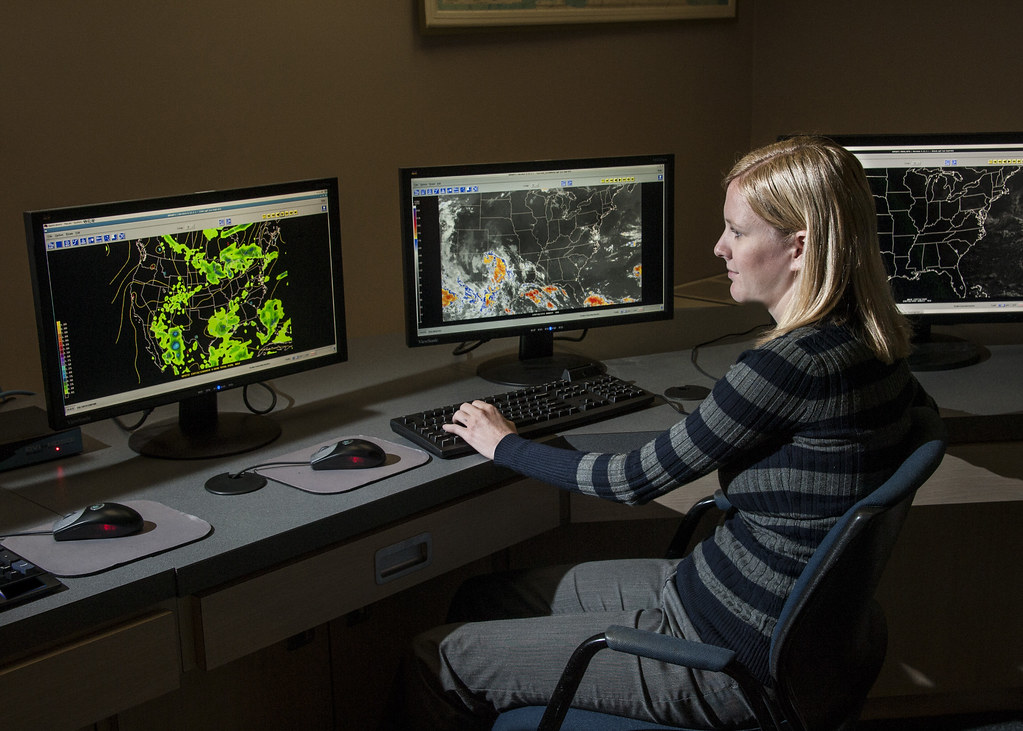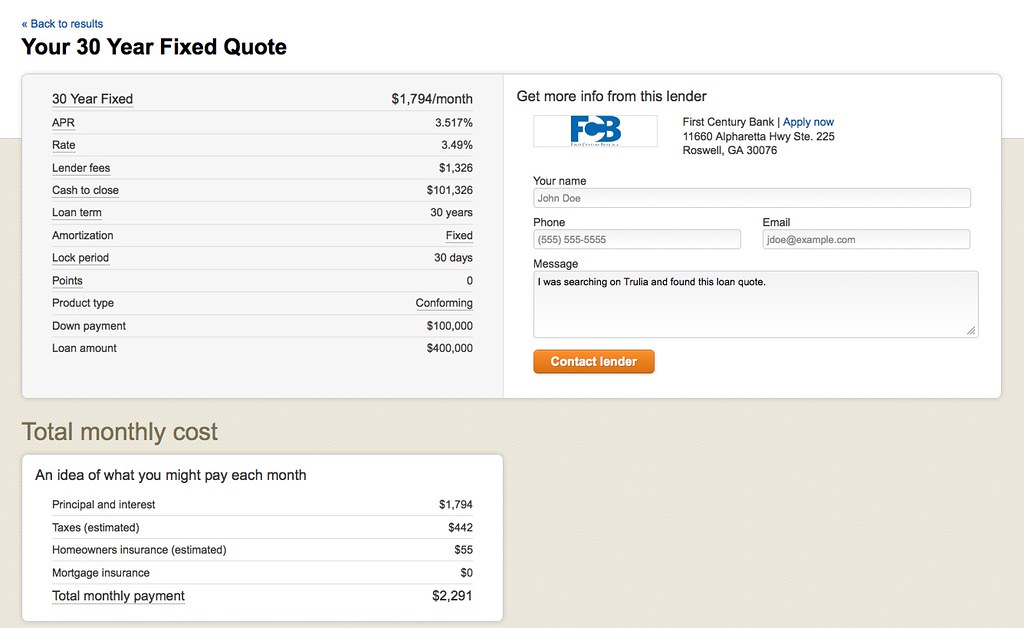Are you a music producer searching for the perfect MacBook to power your digital audio workstation? Look no further! In this comprehensive guide, we’ll explore which MacBook is best for music production by analyzing the hardware specifications, software and tools, as well as cost and value of different MacBook models. Whether you’re a beginner or a professional music producer, this guide will provide you with valuable insights to help you make an informed decision when choosing the right MacBook for your music production needs. So, which MacBook is the best for music production? Let’s find out!
Table of Contents

MacBook Models for Music Production
When it comes to music production, choosing the right MacBook is crucial for optimal performance. The most popular MacBook models for music production are MacBook Air, MacBook Pro, and MacBook Pro with Retina Display. Each model has its own unique set of features and benefits, making it important to select the one that best fits your specific needs.
MacBook Air
The MacBook Air is a lightweight and affordable option for music production. It comes equipped with an Intel Core i5 or i7 processor, 8GB of RAM, and a solid-state drive (SSD) for fast read and write speeds. However, the MacBook Air does not have a dedicated graphics card, which can limit its performance when running intensive music production software. The 13-inch MacBook Air is a popular choice for music producers who need a portable machine that can handle basic music production tasks.
MacBook Pro
The MacBook Pro is a popular choice for music producers due to its powerful hardware and performance. It comes with an Intel Core i5 or i7 processor, 8GB or 16GB of RAM, and a dedicated graphics card. The 16-inch MacBook Pro boasts a 9th-generation 8-core Intel Core i9 processor, making it ideal for running music production software that requires high processing power. The MacBook Pro is also equipped with Thunderbolt 3 connectivity, making it easy to connect your audio interface and other peripherals.
MacBook Pro with Retina Display
The MacBook Pro with Retina Display is the most advanced MacBook model for music production. It features a high-resolution display, powerful hardware, and a dedicated graphics card. The Retina Display has a resolution of 2880 x 1800, which is great for viewing and editing music production projects. The MacBook Pro with Retina Display also features a longer battery life than other MacBook models, which is important for music producers who need to work for long periods of time. The 15-inch MacBook Pro with Retina Display is a popular choice for music producers who require a powerful machine with a high-resolution display.
When selecting a MacBook for music production, it’s important to consider your specific needs and budget. If you’re just starting out in music production, the MacBook Air may be a good option due to its affordability and portability. However, if you require a more powerful machine with dedicated graphics and Thunderbolt 3 connectivity, the MacBook Pro or MacBook Pro with Retina Display may be a better fit.

Hardware Specifications for Music Production on MacBooks
For music production, the hardware specifications of your MacBook play a critical role in determining its overall performance. Here are some crucial hardware components that you should consider when choosing the best MacBook for music production:
Processor
The processor is the central processing unit (CPU) of your MacBook, responsible for executing instructions and running your music production software. A powerful processor is essential for music production, as it determines how quickly your MacBook can process audio data and run resource-intensive software and plugins. We recommend a quad-core Intel Core i7 processor or higher for optimum performance.
RAM
Random Access Memory (RAM) is the temporary storage space that your MacBook uses to process data. The more RAM you have, the faster your MacBook can process audio data, and the more efficient it will be when running multiple applications simultaneously. We recommend a minimum of 8GB of RAM for music production, but 16GB or more is ideal for more intensive projects.
Storage
Storage is another crucial factor to consider when choosing a MacBook for music production. A Solid-State Drive (SSD) is recommended as it provides faster read and write speeds than a traditional hard drive. The more storage you have, the more audio files, virtual instruments, and plugins you can store on your MacBook. We recommend a minimum of 256GB of storage, but 512GB or more is ideal for larger projects.
Graphics Card
A dedicated graphics card is important for music production, as it can handle intensive graphics and video rendering tasks. The MacBook Pro and MacBook Pro with Retina Display both come with dedicated graphics cards, which makes them ideal for music production. However, for music production purposes, a dedicated graphics card is not as important as the processor and RAM.

Software and Tools for Music Production on MacBooks
Choosing the right software and tools is just as important as selecting the right MacBook hardware for music production. In this section, we’ll explore some of the most popular software and tools used by music producers:
Digital Audio Workstations (DAWs)
A Digital Audio Workstation (DAW) is a software application used for recording, editing, and producing audio files. Some of the most popular DAWs for MacBooks include:
- Logic Pro X: a powerful DAW with a sleek interface, perfect for advanced music production.
- Ableton Live: a versatile DAW with a unique session view, ideal for electronic music production and live performances.
- Pro Tools: an industry-standard DAW with powerful audio editing and mixing capabilities, used in professional studios worldwide.
Each of these DAWs has its own strengths and weaknesses, so it’s important to choose the one that suits your specific needs and workflow.
Virtual Instruments and Plugins
Virtual instruments and plugins are software tools that can be used to create and manipulate sounds. They can range from simple synthesizers to complex samplers and effects processors. Some popular virtual instruments and plugins for MacBooks include:
- Native Instruments Komplete: a comprehensive collection of virtual instruments, effects, and samples, used by music producers and sound designers worldwide.
- Spectrasonics Omnisphere: a powerful software synthesizer with a huge library of sounds and textures, perfect for cinematic and ambient music production.
- Waves plugins: a collection of professional audio plugins for mixing and mastering, used by music producers and audio engineers worldwide.
These tools can be used to create a wide range of sounds and effects, from realistic instruments to abstract textures and soundscapes.
MIDI Controllers
MIDI controllers are hardware devices that can be used to control software instruments and plugins. They typically include keys, pads, and knobs that can be used to trigger sounds and adjust parameters. Some popular MIDI controllers for MacBooks include:
- Akai MPK Mini: a compact and affordable MIDI controller with 25 keys, 8 pads, and 8 knobs, perfect for portable music production.
- Novation Launchkey: a versatile MIDI controller with a range of sizes and features, including keys, pads, and faders, ideal for studio and live music production.
These controllers can be a great way to add a tactile element to your music production process, and can help you achieve more expressive performances.
Insider Tips for Optimizing MacBooks for Music Production
Optimizing your MacBook for music production can help you get the best possible performance and sound quality. Here are some insider tips for optimizing your MacBook:
- Use an external display: if you’re working with a lot of tracks and plugins, an external display can give you more screen real estate to work with.
- Customize your keyboard shortcuts: setting up custom keyboard shortcuts can help you work more efficiently and save time.
- Use a second audio interface: if you need to record multiple inputs at the same time, using a second audio interface can give you more options and flexibility.
- Use a dedicated hard drive for audio files: storing your audio files on a dedicated hard drive can help improve performance and reduce latency.
MacBook Models for Music Production: Pros and Cons
When choosing a MacBook for music production, it’s important to consider the pros and cons of each model. Here is a comparison of the MacBook Air, MacBook Pro, and MacBook Pro with Retina Display:
MacBook Air
The MacBook Air is a lightweight and affordable option for music production. It features fast read and write speeds, which makes it an excellent choice for creating and editing music on the go. However, it lacks a dedicated graphics card, which can limit performance for intensive music production software.
MacBook Pro
The MacBook Pro is a powerful option for music production, with dedicated graphics card and powerful hardware and performance. It is an excellent choice for running resource-intensive digital audio workstations like Logic Pro X and GarageBand. However, it comes with a higher price point, and it is heavier and bulkier than the MacBook Air.
MacBook Pro with Retina Display
The MacBook Pro with Retina Display features a high-resolution display, powerful hardware, and dedicated graphics card, making it an excellent choice for music production. It also has a longer battery life than the other models. However, it is the most expensive option and is heavier and bulkier than the MacBook Air.
By considering these pros and cons, you can make an informed decision about which MacBook model is right for your specific needs and budget.

Cost and Value of MacBook Models for Music Production
When it comes to choosing a MacBook for music production, cost is a crucial factor to consider. The cost and value of MacBook models vary depending on the model and its specifications.
MacBook Air
The MacBook Air is the most affordable option, with prices starting at $999. While it’s a great option for basic music production tasks, it may not be the best fit for more demanding projects.
MacBook Pro
The MacBook Pro starts at $1,299 and offers a balance of performance and affordability. Its powerful processor, ample RAM, and spacious storage make it a great option for music producers who need a reliable machine for their digital audio workstation (DAW).
MacBook Pro with Retina Display
The MacBook Pro with Retina Display starts at $1,799, making it the most expensive option. However, it offers the best performance and value for music production. With a powerful processor, ample RAM, and spacious storage, it’s perfect for running resource-intensive music production software like Logic Pro X and GarageBand.
When choosing a MacBook for music production, it’s important to balance cost and performance. While the MacBook Pro with Retina Display may be the most expensive option, it offers the best value and performance for music production. It’s important to keep in mind that investing in a higher-end MacBook can help you avoid performance issues and improve your overall music production experience.
Conclusion
In conclusion, choosing the right MacBook for music production is crucial for achieving high-quality audio recordings. With the tips and tricks outlined in this guide, you can optimize your MacBook for music production and get the most out of your hardware and software. Remember that each MacBook model has its own unique set of features and specifications, so it’s important to choose the one that best suits your specific needs and budget.
Don’t be afraid to experiment with different software and tools to find the ones that work best for your workflow. And if you need further help, check out our other content on music production and MacBook optimization. With the right tools and knowledge, you can take your music production to the next level.
Check out our other content on MacBook optimization and music production to learn more!


